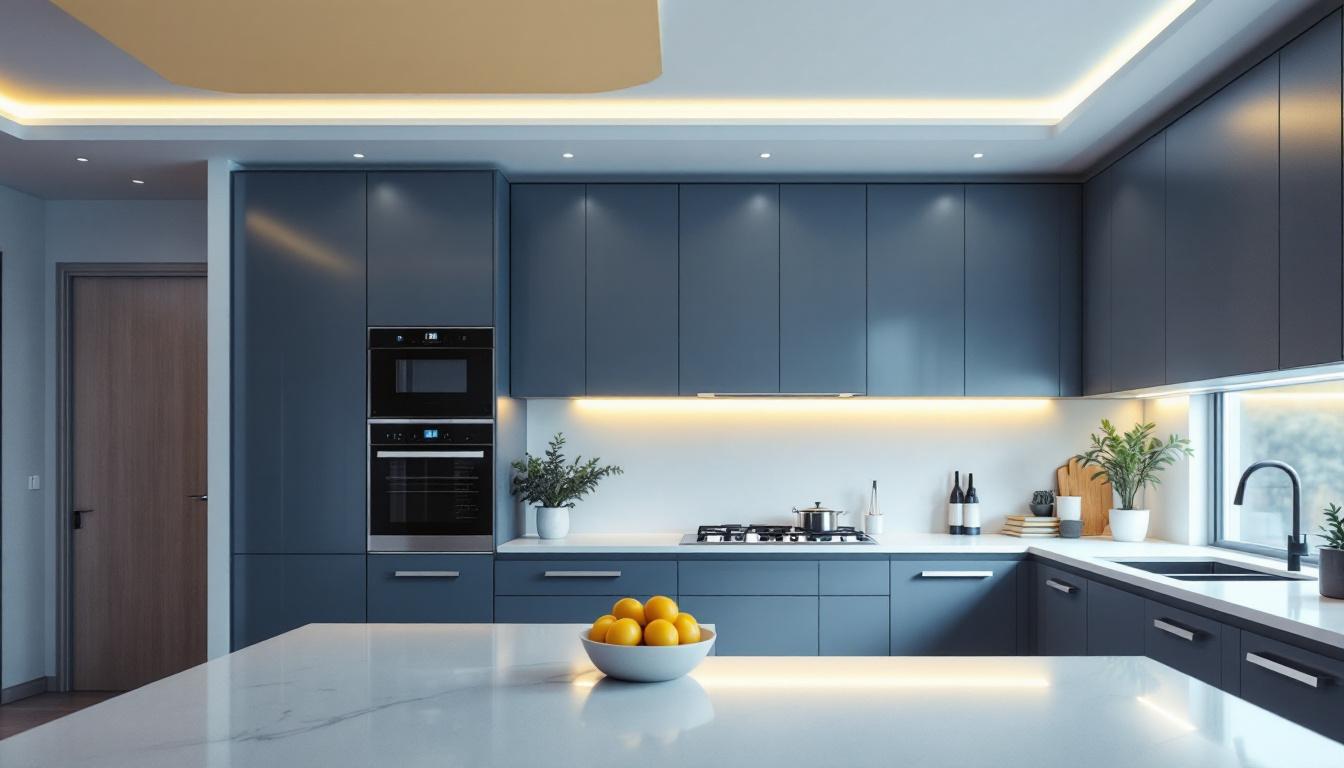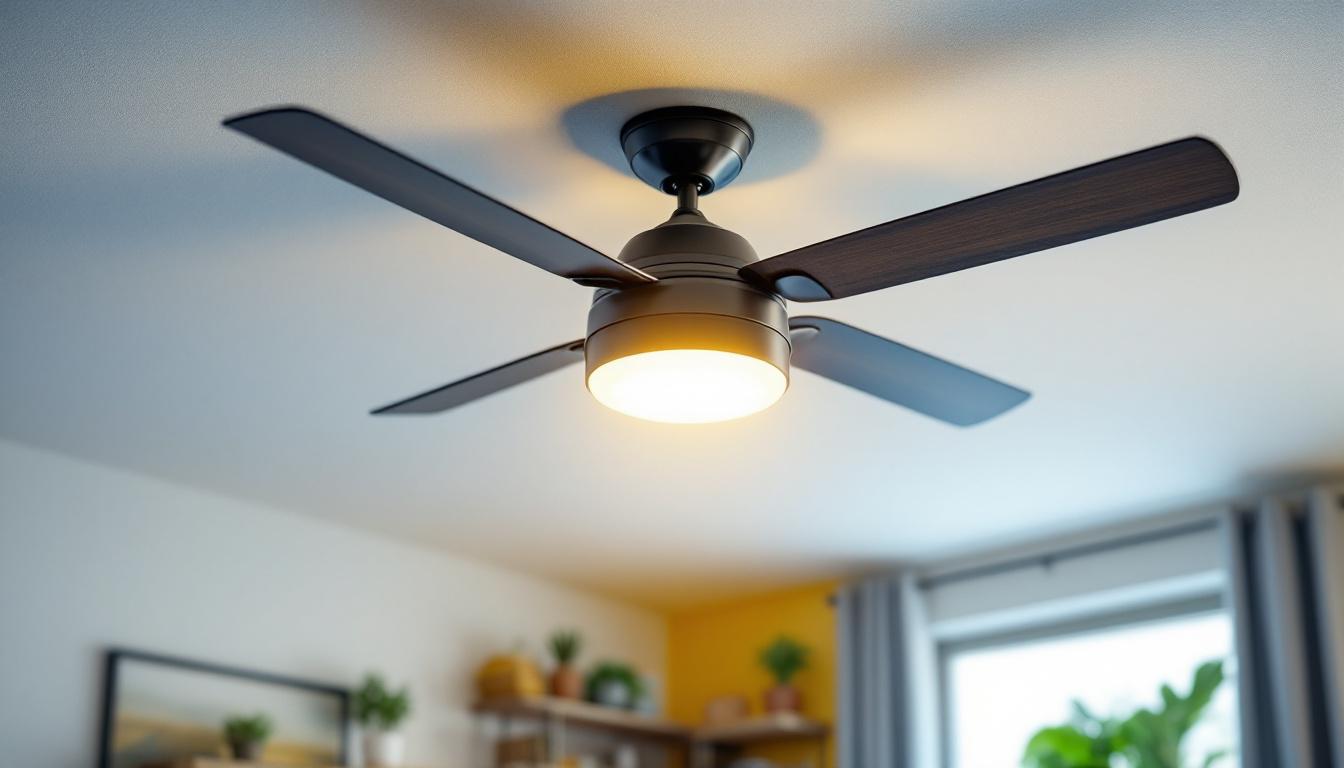
Recessed lighting has become a staple in modern kitchen design, offering both functionality and aesthetic appeal. For lighting contractors, understanding the nuances of recessed kitchen ceiling installations is crucial. This article explores essential points for contractors to consider, ensuring that they deliver optimal results for their clients.
Recessed lighting, often referred to as can lighting or pot lighting, is a type of lighting fixture that is installed into a hollow opening in the ceiling. This design allows the light source to be flush with the ceiling, creating a clean and unobtrusive look. In kitchens, where both task and ambient lighting are essential, recessed fixtures can play a pivotal role in enhancing functionality. The seamless integration of these lights into the ceiling not only maximizes headroom but also provides an uncluttered visual space, making kitchens feel more expansive and inviting.
One of the primary advantages of recessed lighting is its versatility. These fixtures can be strategically placed to illuminate specific areas, such as countertops, islands, or dining spaces. This targeted lighting is particularly beneficial in kitchens, where different tasks require varying levels of brightness. For instance, brighter lights can be installed over prep areas to ensure that food preparation is safe and efficient, while softer lighting can create a warm atmosphere for family gatherings or entertaining guests.
Additionally, recessed lighting can contribute to the overall aesthetic of a kitchen. By providing a sleek and modern look, these fixtures can complement various design styles, from contemporary to traditional. The ability to choose different trim styles and finishes allows contractors to customize installations to meet the unique preferences of their clients. Furthermore, the use of dimmable recessed lights can enhance the kitchen’s ambiance, allowing homeowners to adjust the brightness according to the time of day or occasion, thus adding another layer of functionality to this essential space.
When selecting recessed lighting for kitchens, contractors should be aware of the different types available. The most common types include adjustable, fixed, and shower lights. Adjustable fixtures allow for directional lighting, making them ideal for highlighting artwork or architectural features. Fixed lights, on the other hand, provide a consistent light source and are often used for general illumination. The choice between these types can significantly affect the overall lighting scheme and functionality of the kitchen.
Shower lights are specifically designed for damp areas, making them suitable for kitchens that may experience moisture. Understanding these options helps contractors recommend the best solutions based on the specific needs of each kitchen space. Additionally, there are LED recessed lights that offer energy efficiency and a longer lifespan compared to traditional incandescent bulbs. These LEDs not only reduce energy consumption but also provide a variety of color temperatures, allowing homeowners to select the perfect hue to match their kitchen’s decor and mood. With advancements in smart lighting technology, many recessed lights can now be controlled via mobile apps or voice commands, offering even greater convenience and customization for modern kitchens.
Proper installation is critical for the effectiveness and safety of recessed lighting. Contractors must consider several factors to ensure a successful installation that meets both aesthetic and functional requirements.
The height of the ceiling plays a significant role in determining the placement of recessed lights. For standard 8-foot ceilings, placing fixtures approximately 4 to 6 feet apart is generally recommended. This spacing ensures even illumination without creating harsh shadows. In higher ceilings, contractors may need to adjust the spacing to maintain adequate light levels.
Moreover, the placement of fixtures should consider the layout of the kitchen. Areas that require more light, such as workspaces and cooking zones, should have more fixtures, while ambient lighting can be achieved with fewer lights in dining areas. Additionally, the use of task lighting in specific zones, such as over countertops or islands, can enhance functionality, allowing for a well-lit environment that supports various cooking tasks. Thoughtful placement not only improves visibility but also contributes to the overall ambiance of the kitchen, making it a welcoming space for family and guests.
Electrical planning is a vital aspect of recessed lighting installation. Contractors should ensure that the electrical system can handle the load of the new fixtures. This may involve upgrading circuits or ensuring that the existing wiring meets code requirements.
Additionally, using LED recessed lights can significantly reduce energy consumption and heat output, making them an ideal choice for kitchens. Contractors should also consider dimmer switches, which allow homeowners to adjust the brightness according to their needs, adding flexibility to the lighting design. Furthermore, implementing smart lighting solutions can enhance the kitchen experience, enabling homeowners to control their lighting via mobile apps or voice commands. This modern approach not only adds convenience but also allows for personalized lighting scenes that can adapt to different activities, from meal prep to entertaining guests.
Creating an effective lighting layout is essential for achieving a well-lit kitchen. A thoughtful design not only enhances functionality but also contributes to the overall ambiance of the space.
Layering light involves combining different types of lighting to create a balanced and inviting atmosphere. In a kitchen, this typically includes ambient, task, and accent lighting. Recessed lights primarily serve as ambient lighting, providing general illumination throughout the space.
Task lighting can be achieved by adding under-cabinet lights or pendant fixtures over islands and countertops. Accent lighting, such as adjustable recessed lights, can highlight decorative elements or architectural features. By layering these different lighting types, contractors can create a dynamic and functional kitchen environment.
The color temperature of the lighting can significantly affect the mood and functionality of a kitchen. Generally, a color temperature between 2700K and 3000K is recommended for warm, inviting spaces, while cooler temperatures around 4000K can enhance visibility for task-oriented areas.
Contractors should work closely with clients to determine their preferences and the overall design theme of the kitchen. Providing options for different color temperatures allows homeowners to customize their lighting experience.
Adhering to local building codes and regulations is a non-negotiable aspect of any lighting installation. For recessed lighting, this includes ensuring that fixtures are rated for the specific environment in which they are installed.
Contractors should be aware of the difference between insulated ceiling (IC) rated and non-insulated ceiling (non-IC) rated fixtures. IC-rated fixtures can be installed in ceilings with insulation, while non-IC fixtures must be kept away from insulation to prevent overheating.
Using the appropriate fixtures not only ensures compliance with safety standards but also enhances the longevity and performance of the lighting system. This is particularly important in kitchens, where heat and moisture can impact the functionality of lighting fixtures.
In addition to electrical safety, fire safety regulations must be considered during the installation of recessed lighting. Contractors should ensure that fixtures are properly sealed and that there are no gaps that could allow heat to escape into the ceiling cavity. This is especially critical in kitchens, where cooking appliances can generate significant heat.
Additionally, using fixtures with fire-rated housings can provide an extra layer of safety, helping to prevent the spread of fire in the event of an emergency. Understanding and implementing these regulations is essential for any lighting contractor aiming to provide safe and compliant installations.
Once the recessed lighting is installed, ongoing maintenance is necessary to ensure optimal performance and longevity. Contractors should educate clients on proper care and maintenance practices to keep their lighting systems in top condition.
Dust and grime can accumulate on recessed light fixtures, diminishing their brightness and overall effectiveness. Homeowners should be encouraged to clean the fixtures regularly, using a soft cloth or duster to remove any buildup. This simple maintenance task can significantly enhance the appearance and functionality of the lighting.
Additionally, contractors should recommend that clients check the bulbs periodically to ensure they are functioning correctly. Replacing burnt-out bulbs promptly can help maintain consistent lighting levels throughout the kitchen.
As technology advances, new lighting options become available, offering improved energy efficiency and enhanced features. Contractors should keep clients informed about the latest trends and technologies in recessed lighting, encouraging them to consider upgrades when appropriate.
For instance, smart lighting systems that can be controlled via mobile apps or voice commands are becoming increasingly popular. These systems allow homeowners to customize their lighting experience further, adding convenience and flexibility to their kitchen environments.
Recessed kitchen ceiling lighting offers a blend of functionality and style, making it a popular choice among homeowners. For lighting contractors, understanding the intricacies of recessed lighting installation is essential for delivering high-quality results. From selecting the right fixtures to ensuring compliance with safety regulations, every aspect plays a vital role in the overall success of the project.
By considering factors such as layout design, electrical requirements, and maintenance practices, contractors can create well-lit, inviting kitchen spaces that meet the needs and preferences of their clients. As the demand for recessed lighting continues to grow, staying informed about the latest trends and technologies will ensure that contractors remain competitive in the ever-evolving lighting industry.
Ready to elevate your lighting installations with the finest selection of recessed kitchen ceiling lights? Look no further than LumenWholesale. We provide contractors with the highest quality, spec-grade lighting products at unbeatable wholesale prices. With our direct approach, you can say goodbye to inflated markups and hello to superior lighting that meets the highest industry standards. Plus, with free shipping on bulk orders, you can stock up on premium lighting solutions without worrying about hidden fees. Don’t compromise on quality or value; choose LumenWholesale for a seamless blend of excellence and affordability. Start browsing our extensive collection today and give your clients the well-lit, inviting kitchen spaces they dream of. Wholesale Lighting at the Best Value.

Discover how lighting kits for ceiling fans can enhance efficiency for lighting contractors.

Explore the essential role of landscape light connectors in enhancing outdoor aesthetics and functionality.

Discover the must-know features and benefits of T12 LED bulbs for lighting contractors.

Discover the ultimate guide for lighting contractors with top resources on solar post lamps.